If you follow this blog, you hear us talk often about how great this plant looks "in mass" or "massed." You might wonder just what we mean by that. What exactly is massing plants and why do we recommend this design option?
Massing uses broad bands of color to achieve spectacular results. This is one of garden designers' best secrets (and nature is the queen of massing!). By closely planting a large stand of one type of plant, you can achieve visual impact and landscape balance. Also, proportion that is not so easy to come by if a garden is planted with a bit of everything. Massing creates form, color and texture, and as a side benefit, massing plants reduces maintenance. Finally, consider that your yard is surrounded by objects with lots of size and height. (Maybe it's your house or other building, mature trees, etc.) You're going to need something pretty powerful with plenty of volume, height, scale to compete for attention.
So, how many of one plant constitutes “massing”? Experts will say that six of one plant is where you start. Where you go from there is up to you. This technique works well for woody shrubs, grasses, groundcovers, sturdy perennials, and even annuals. You can even group 5 – 6 planted pots together and get the look.
Here are a few examples of what massing looks like (such as the eye-catching stand of flowering hydrangea above). If you have an area that you'd like to be a focal point, but not a maintenance headache, consider this. Bundle together large swathes of color, form and texture to create drama and excitement.
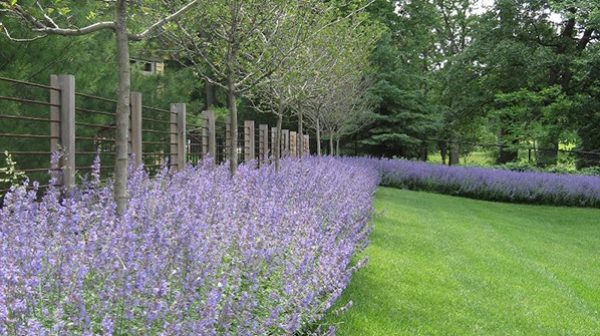
What could be easier than this?
This long, lush border of catmint (Nepeta) makes the point very well. The one about how powerful even the simplest, most common of plants can be when they are massed. Catmints (and also lavender) are excellent choices for massing because they look good over a long period. Also, when they're done for the season, they can be cut back and pretty much disappear. They are also bee magnets. When planted, this helps to create a habit for all sorts of pollinators who need places to rest and nest.

Made for shade
Nowhere does nature do the power of one thing better than in shade. Plants such as ferns are ideal candidates for massing. For the most part, they tend to spread out and so fill in fast. Take a walk in the woods to get the idea of how to create a cool green scene.

Sea of Bold Color? Massing does it.
Picture a blank border or bed in your yard. Now in your mind fill it with lots of different plants–a few shrubs, some annuals, maybe a few perennials. It's probably gorgeous, but it's likely that it doesn't provide a strong focal point for the eye to find. Now, fill that bed with a stand of flowering plants like these black-eyed Susans. (Or Flower Carpet roses or compact hydrangeas if you prefer shrubs.) Now you have a vista from which you simply cannot look away. We loved mixed borders, but pick a spot or two and try massing for this effect.
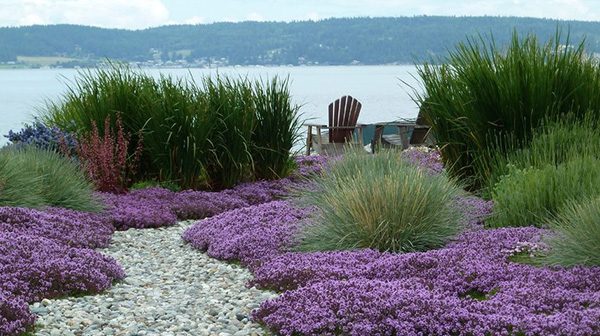
Massed groundcovers will floor you.
There is a sort of "magic carpet" effect that you get when you mass a flowering (or even non-flowering) groundcover. Whether that's in shade or sun like this oceanside example. The thing about so many groundcovers is that their natural inclination is to spread in all directions. Basically Mother Nature does the massing for you. Massing is very often used for height and scale. However, this shows very well, the impact of one plant grouped tightly.
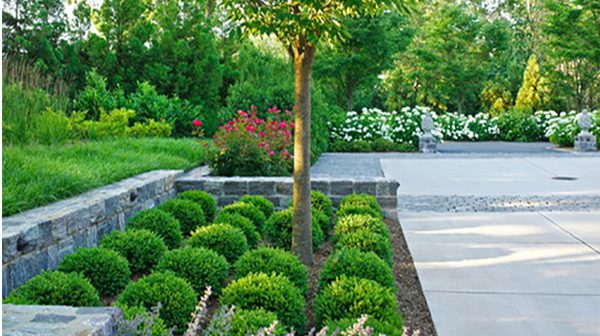
What about smaller shrubs?
Massing doesn’t have to mean packed in with no room to spare. It can also be used in an application like these boxwood shrubs that have been tightly pruned into orbs. This would also work for other smaller shrubs such as germander and rosemary. It would difficult to look away from the undulating effect of a group like this!
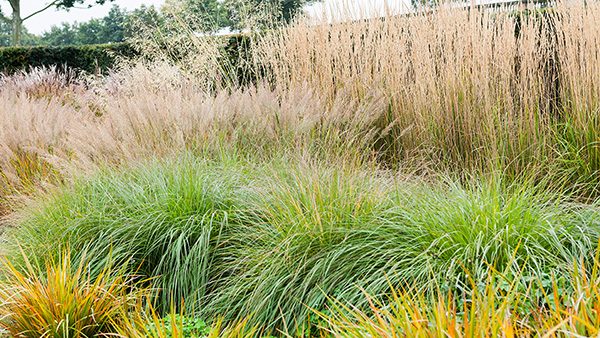
Well, yes, of course grasses.
Where you have a large, open space, perhaps no plant shines in a mass application like ornamental grasses. This is great for long walls or a property line where you don't want a fence. Even a huge lawn that needs something amazing to break it up. Here, many different types have been grouped but the effect is the same. The eye is drawn to all that movement, height, and color. You just can’t look away.
Image credits:
(top) Original source unknown
(1) Landscape Renovations ; (2) Monrovia; (3) Monrovia; (4) Lankford Associates ; (5) Katia Goffin ; (6) Monrovia




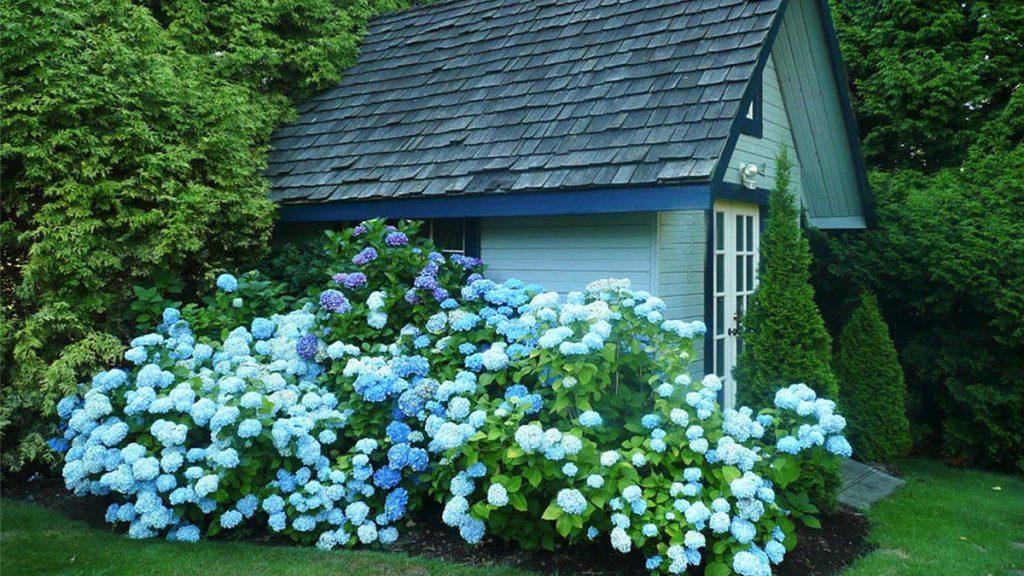
Please login to comment.
Don't have an account?
Sign Up for free